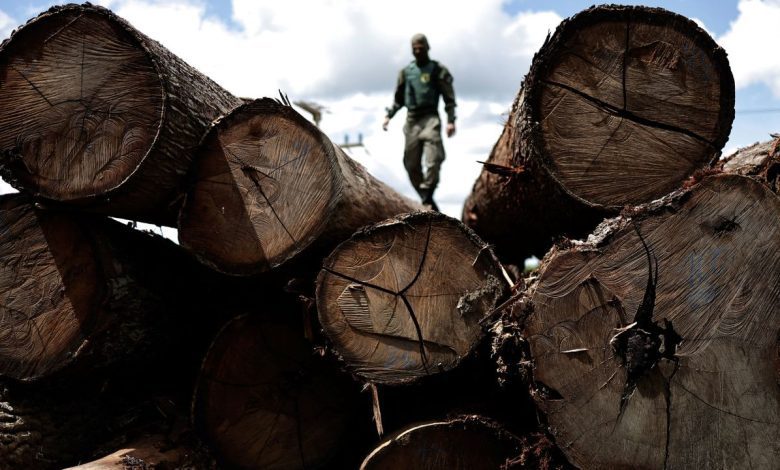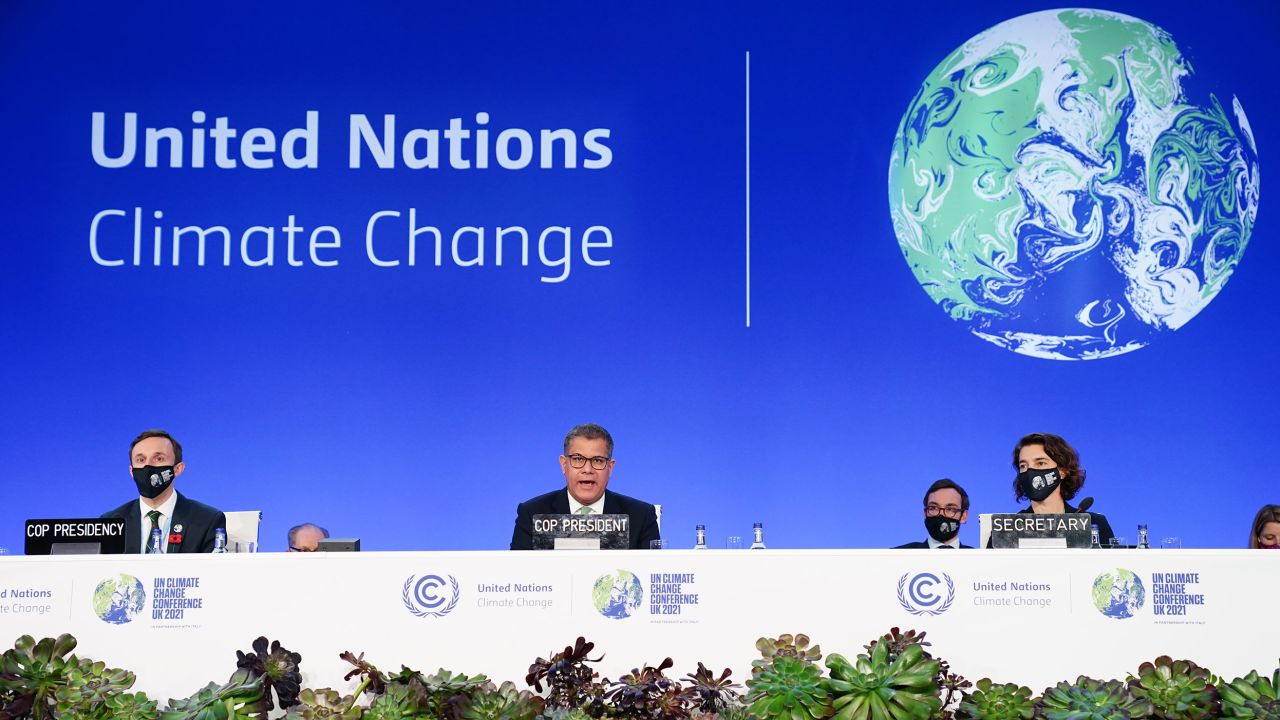
The destruction of the world’s rainforests ramped up last year, despite global pledges to end deforestation by 2030, according to a new report.
An area of tropical forest the size of Switzerland was lost in 2022, as forest destruction rose by 10% compared to the previous year, according to the report by the World Resources Institute’s (WRI) Global Forest Watch, which draws on data collected by the University of Maryland.
The rate of loss was equivalent to losing 11 soccer fields of forest a minute, the report found, as swaths of tropical forest were cleared for farming, mining and other commercial activities.
As well as having a devastating impact on wildlife, this destruction has significant consequences for climate change, as tropical forests are important stores of carbon dioxide. The amount of carbon pollution produced in 2022 from deforestation was equivalent to India’s annual fossil fuel emissions, according to the report.
Brazil cut down the most tropical primary forest, amounting to 43% of the global total, the report found. The country’s rate of forest loss rose 15% from 2021 to 2022.
This comes as some scientists warn the Amazon is approaching a critical tipping point that could see the rainforest transform into a grassy savannah, with huge implications for the world’s ability to tackle the climate crisis.
The 2022 figures are from the final year of Jair Bolsonaro’s presidency in Brazil, which saw high rates of deforestation. President Luiz Inácio Lula da Silva, who took office in January, has pledged to tackle Amazon deforestation and repair the damage caused by his predecessor.
Elsewhere, the Democratic Republic of Congo lost more than half a million hectares in 2022, primarily because of land clearing for farming, while Ghana had the biggest relative increase in rainforest destruction when compared to 2021, the report found.
Bolivia saw a record-high level of primary forest loss last year, with a 32% increase compared to 2021. It came in third behind only Brazil and the Democratic Republic of the Congo for area of primary forest loss, the report found.
Broken promises
This destruction has happened despite an agreement by more than 100 world leaders to end and reverse deforestation by the end of the decade, made at the COP26 UN climate conference in Glasgow in 2021. At the time, Boris Johnson, then the UK prime minister, hailed it as a “landmark agreement to protect and restore the Earth’s forests.”


But as deforestation intensifies, experts have called into question the validity of the commitments.
Rod Taylor, global director of WRI’s Forest Program, said in a statement: “We have seen governments and companies make time-bound commitments to end deforestation, restore degraded forest landscapes, and achieve sustainable forest management.”
“But rapid deforestation and forest degradation have continued, driven primarily by growing global demand for food, fuel, and fiber. Climate change impacts, including severe fires and new vectors and outbreaks of forest pests and diseases, exacerbate the decline,” he continued.
There was some better news in the report, however. Despite the global increase in deforestation, there has been a sharp reduction in forest loss in Indonesia and loss levels in Malaysia have remained low, according to the report.
Tacking the palm industry has been a big factor, the report found. In Indonesia there has been a clamp down on new oil palm plantations, which have been a major driver of deforestation in the country, while Malaysia has also strengthened palm oil regulations.


